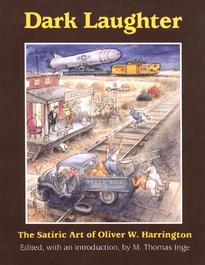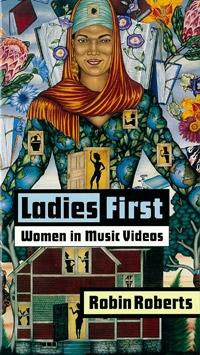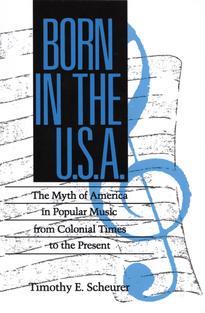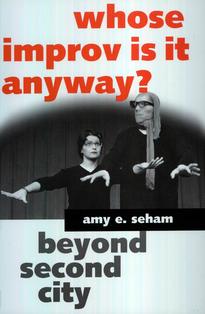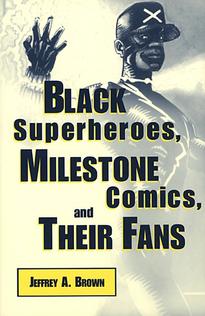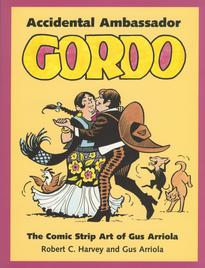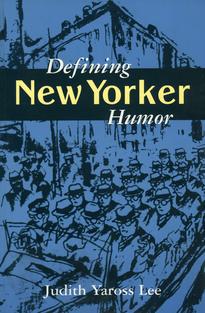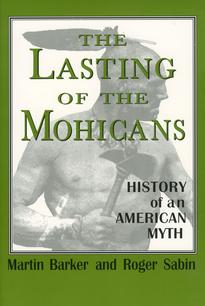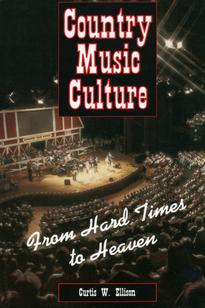Studies in Popular Culture Series
Kewpies and Beyond
A self-made woman with no formal art training, Rose O'Neill (1875-1944) was not only hugely financially successful through her illustration work and the production of Kewpie dolls, but also through her ...
Dark Laughter
It was none other than Langston Hughes who called Oliver Wendell Harrington America's greatest black cartoonist.
Yet largely because he chose to live as an expatriate far from the American mainstream, ...
Ladies First
Queen Latifah's lyrics tout female superiority. Salt 'n' Pepa energize with eroticism. Julie Brown's unsettling version of a campus queen dethrones the mainstream icon. Martina McBride's song of liberation ...
Born in the U.S.A.
This is the first study to explore fully the myth of America as reflected in the nation's popular music. Beginning with the songs of the Pilgrims and continuing through more than two centuries of history ...
Whose Improv Is It Anyway?
On both sides of the stage improv-comedy's popularity has increased exponentially throughout the 1980s and '90s and into the new millennium. Presto! An original song is created out of thin air. With nothing ...
Black Superheroes, Milestone Comics, and Their Fans
What do the comic book figures Static, Hardware, and Icon all have in common?
Black Superheroes, Milestone Comics, and Their Fans gives an answer that goes far beyond “tights and capes,” an answer that ...
Accidental Ambassador Gordo
The comic strip Gordo was published in U. S. newspapers for forty-four years (1941-1985). For almost all of this run its creator Gus Arriola was the most visible American of Mexican descent working as ...
Defining New Yorker Humor
“The early history of New York is obscured in myth,” observed the pseudonymous author of “The Story of Manhattankind” in the first issue of The New Yorker (21 February 1925), “and to separate ...
The Lasting of the Mohicans
There are few people for whom the phrase “last of the Mohicans” does not conjure up memories and associations—childhood games, films, TV programs. Yet most who profess acquaintance with Cooper's ...
Country Music Culture
Since its beginnings in the 1920s, country music has soared beyond an almost exclusively regional audience to become America's most popular form in the 1990s. Seventy years of regional modernization have ...

